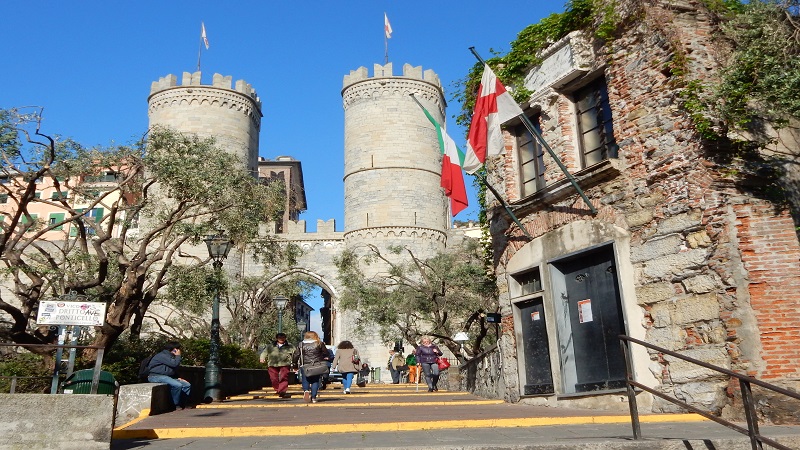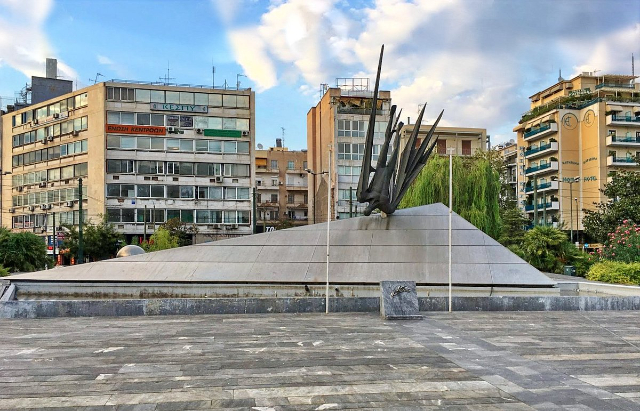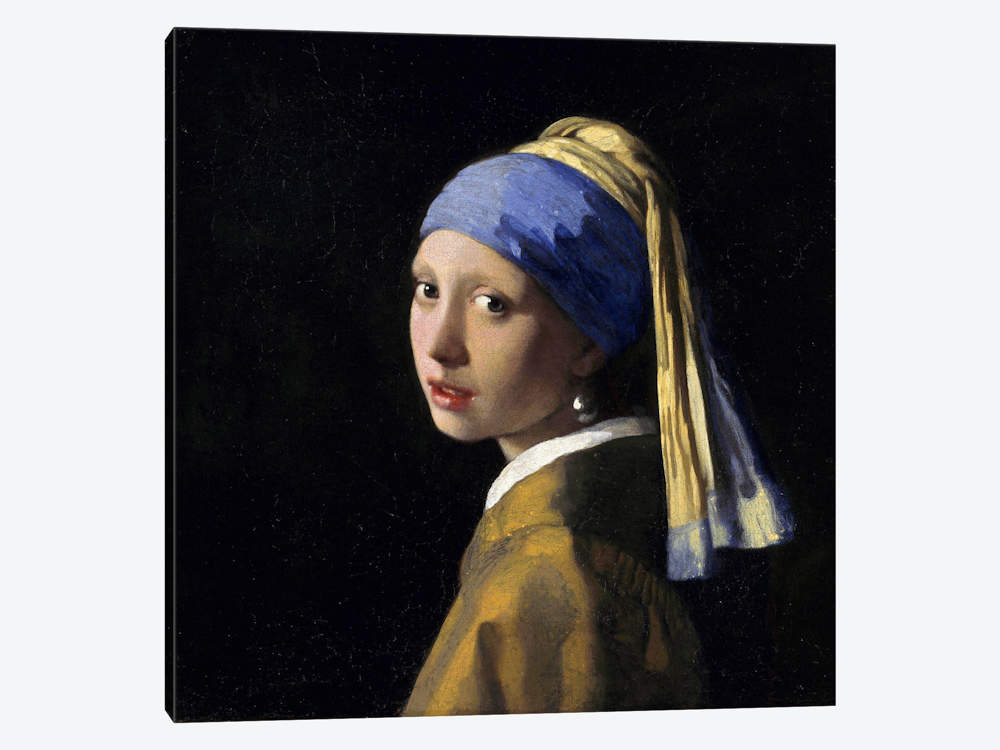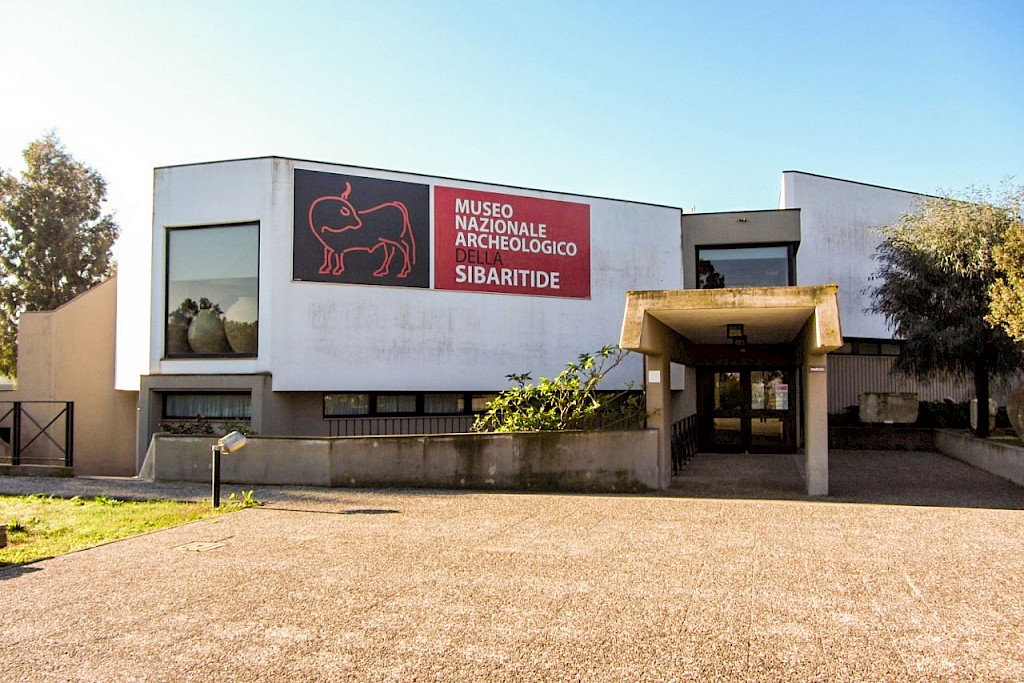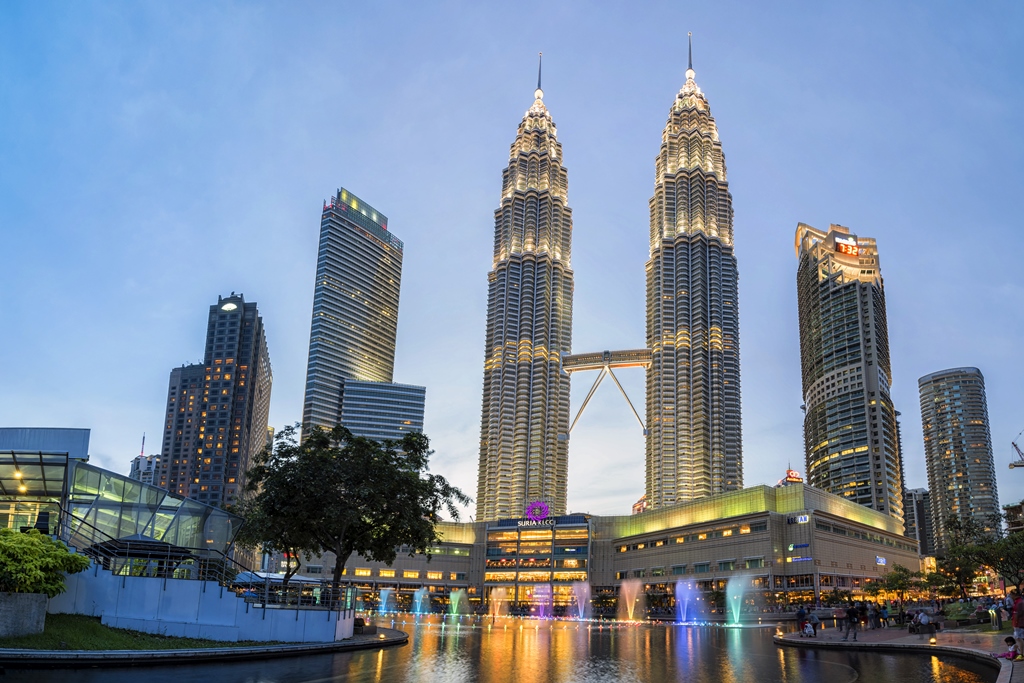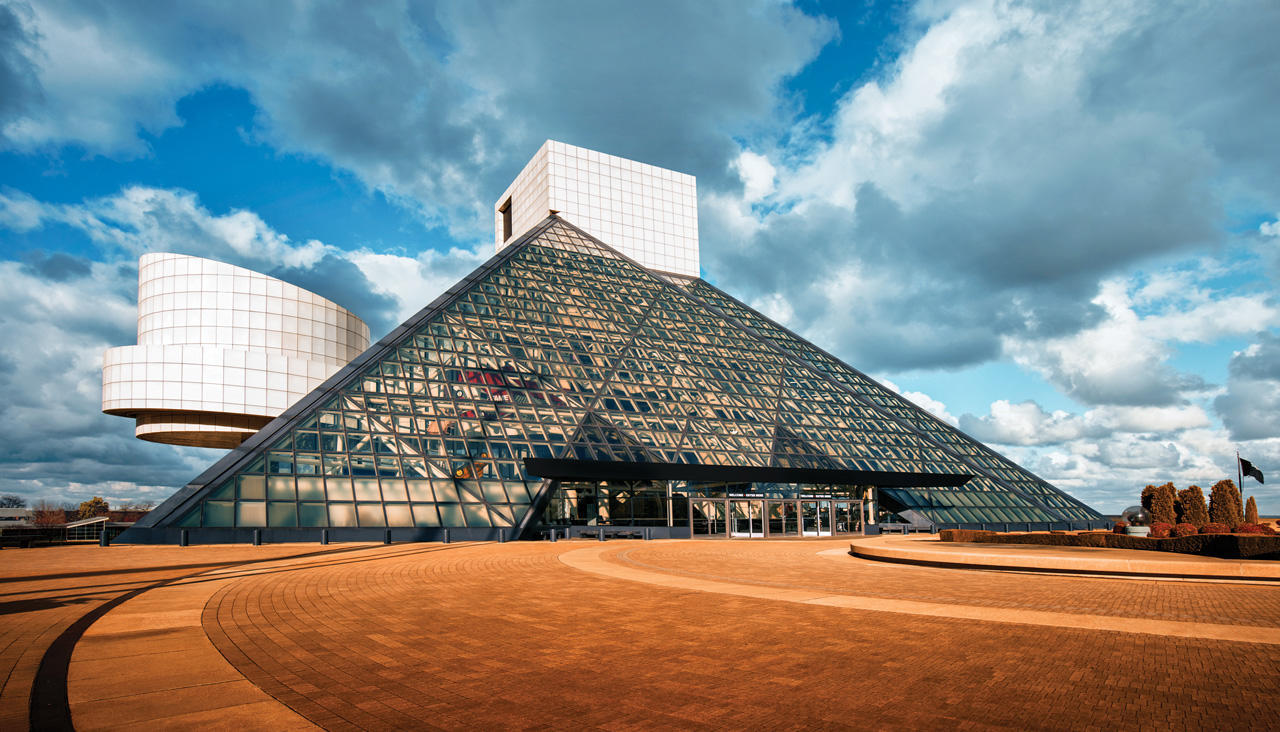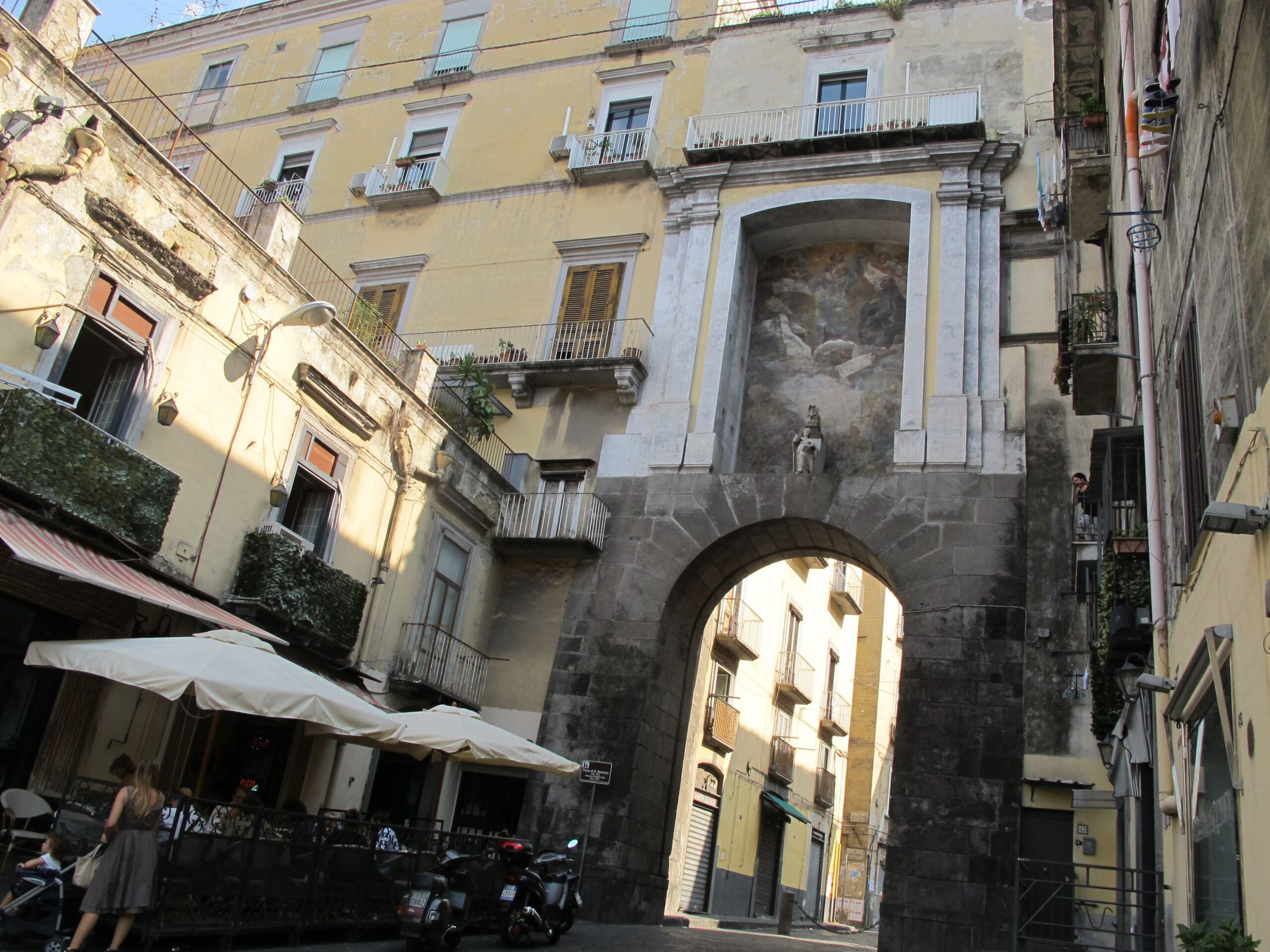Close to one of the barycentre areas of the modern city centre, near Piazza Dante, there is a medieval island of particular charm. Walking along the short paved slope of the historical vico straight of Ponticello means crossing a space full of monuments, a sort of short walk in the history of Genoa.
Certainly the urban restructuring works that followed in the area during the first decades of the last century have changed its aspect, but we are left with a sort of evocative "condensate". Between the Middle Ages and the discovery of the Americas, you can almost touch one of the most fertile and fascinating periods of the city’s history and art.
Going up, on the right, there is the house where Christopher Columbus lived as a child, when he was between four and nine years old: it is a small, but dense, memorial dedicated to the most important explorer in history. The building was constructed in what in the fifteenth century was the wool merchants’ quarter, on two levels: the upper level, where family life took place, and the ground floor, where his father, Domenico Colombo, worked as a "scardassiere", or carder and wool unraveller.
In the early decades of the twentieth century, during interventions that changed the urban structure of the area, the beautiful cloister of Sant’Andrea was placed next to the house, coming from the medieval monastery complex that stood on the hill of the same name, located a short distance away.
